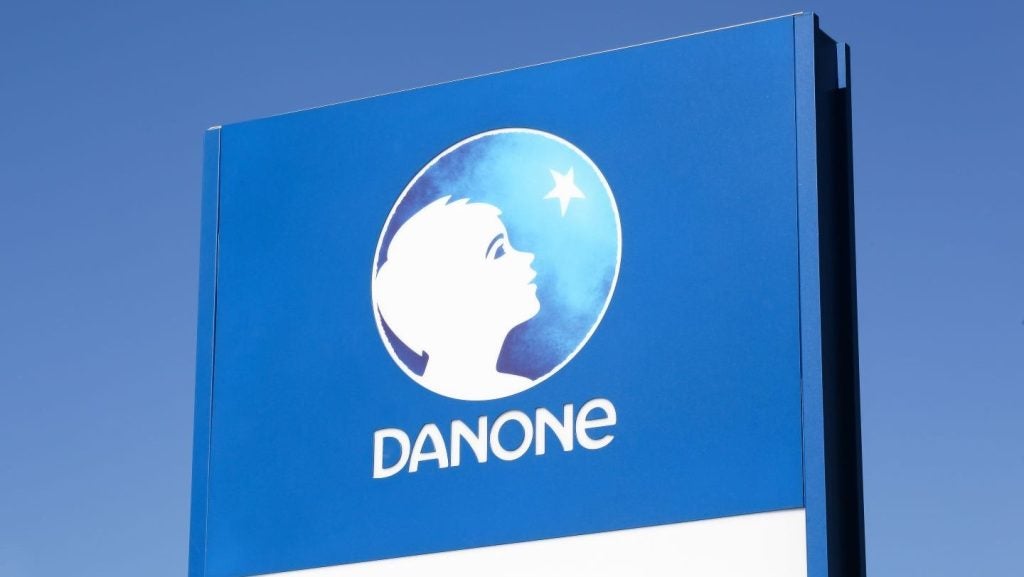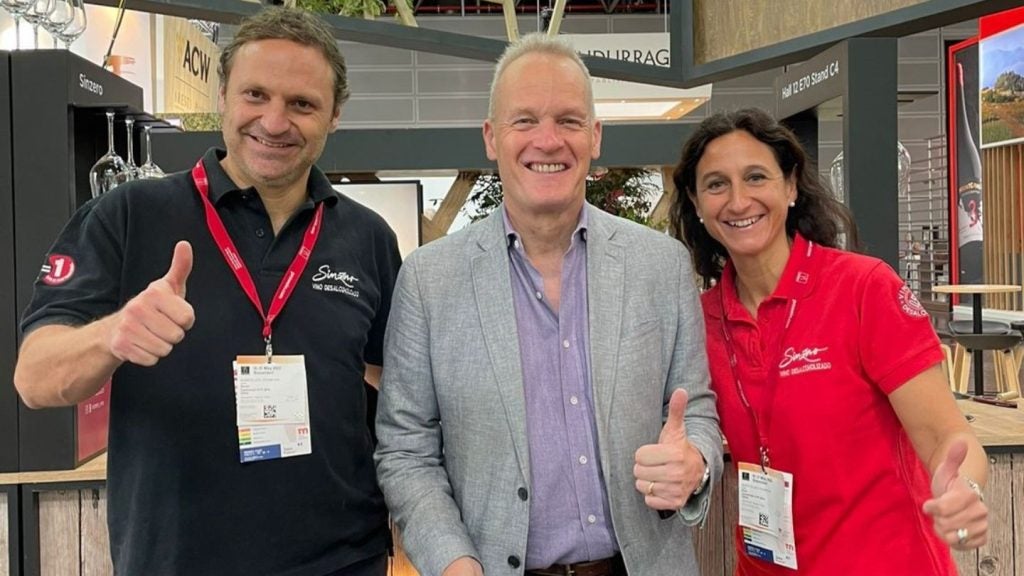Danone is “back in the game” on market-share-boosting investment as the French giant aims for volume-led sales growth and improved margins.
CEO Antoine de Saint-Affrique laid out the groundwork at Danone’s annual capital markets day but disappointed investors by maintaining the company's “mid-term” like-for-like sales growth target at 3-5%.
The Activia and Evian maker’s “long-term ambition” to achieve €3bn ($3.2bn) in free cash flow was, however, well-received by markets. Getting there will come from “absolute earnings” through a combination of sales growth and margin, de Saint-Affrique told the gathering.
“Our ambition is to get to this level of €3bn because it will change everything for our company. It's not important if that happens in ‘27, ‘28 or ‘29. What is important is that we are getting to that level in a way that we can structurally travel beyond that line because it makes the value-creation potential real,” he explained.
Alongside the CEO, finance chief Juergen Esser said growth will largely be driven by volume and mix.
“Reinvestment was important to get not only our market shares to where they should be, and I think we are getting on a good track, but also to have our categories going back to strong growth,” Esser said.
He added: “The pace at which our gross margin is going to expand is a function of the pace of our volume/mix growth, under the assumption that pricing is here to neutralise net inflation in our COGs.
“The faster we grow in top-line, and quality top-line with volume/mix, the faster we go expanding gross margin because it will drive operating leverage, and this goes across the different categories.”
De Saint-Affrique suggested Danone is gathering momentum in winning back market share and cementing its position as a category leader in dairy.
“We are progressively back in the game” on investment, he said.
“If you are, as we are, category leaders, you invest into the growth in your category. You don't wait for your category to grow, you shape the category, you take the leadership of your category, you drive the penetration of your category.”
Danone outlined some of the priorities, with health and nutrition front-and-centre, with a particular focus on gut health and protein. And within the company’s Specialised Nutrition division, medical nutrition will play a key part.
De Saint-Affrique emphasised the increasing importance of health in global food and beverage companies’ portfolios, with the risk of being left behind if not embraced.
“We are right at the heart of where we think foods is going, which indeed increases the resilience of the company,” he said, noting the pressures from various countries imposing “tax” measures on unhealthy products.
“The industry is at a tipping point. If you look at all the discussions, you look in a number of cases at the pressure that the regulator is putting on the companies that don't provide healthy products, it is very clear.
“You see a movement that is happening that will accelerate in our view as our non-communicable diseases are exploding. There will be a very clear divide between the companies that are providing you food that either prevents or helps maintain – the good news is we have a healthy portfolio.”
Industry analysts at Barclays wrote in a research note: “We continue to believe that Danone will be a relative winner in the food industry. Danone is about delivering consistently and its strategy of delivering health through food very much makes sense given a rapidly changing food industry.”
They added with respect to free cash flow: “Danone has been in the past a €2bn FCF company, so if this is delivered it would be a 50% step-up in the cash-flow power of the company with all the benefits that brings in terms of deleveraging.”
Danone is also open to M&A, with an improving return on investment (ROIC) and a return to positive territory in volume/mix (down 0.4% in 2023) opening the door.
“It’s time to be on the front foot,” de Saint-Affrique said.
The CEO did not specify any potential product areas for acquisitions but medical nutrition was emphasised as a key strategy during the capital markets day.
“The health systems, in particular Europe, are under pressure. This is, for products like medical nutrition, a fantastic opportunity,” he explained.
“We will see a rebalancing between medical nutrition on the one hand, and early life nutrition. It doesn't mean we want to slow down in early life nutrition.
“It's segmenting the market, it's bringing innovation, it's driving penetration, it's extending the journey. If you look at the macro picture, medical nutrition should go faster than our early life nutrition.”
















